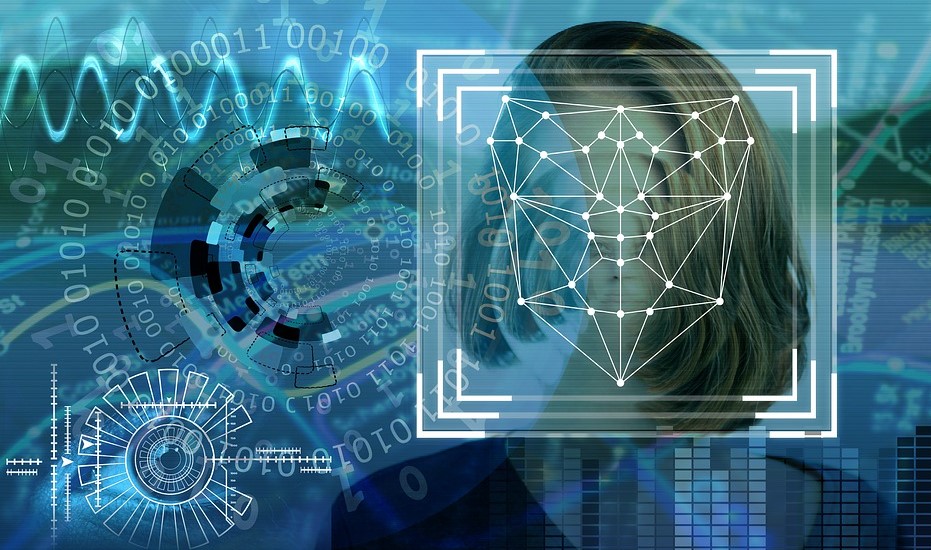Biometric security measures are becoming routine. Once considered a futuristic technology — biometrics often featured in science fiction across mediums — iris scans and facial recognition technologies are now commonplace. You may even use your fingerprint to log into your favorite device on a daily basis.
Biometrics are the distinct physical characteristics that make a person unique: fingerprints, facial structure, iris patterns, and so on. Even how we walk and type can be used for biometric identification.
The Security Concerns With Biometrics
Biometric data is part of who we are, which means protecting this information is more important than keeping traditional passwords safe. After all, it’s much easier to replace a password or open a new account in the event of a breach. If your biometric data has been stolen, it’s a much more complicated event as biometric forms of identification cannot be replaced.
In recent years, devices have stored our biometric data. This localized approach helped keep devices more secure and limited where biometric data was stored. However, as biometrics become more prevalent and we start using them for identification in other places, for instance, airports, workplaces, and schools, our biometric data will be stored in cloud-based storage.
While cloud-based storage allows for quicker access to biometric data and creates additional convenience, it also means important personal data is stored in more locations. This opens up the possibility that a hacker may gain access to biometric data and use it without authorization.
For example, in a highly publicized 2019 incident, researchers gained access to a 23-gigabyte database containing fingerprint and facial recognition data – more than 27 million records in total.
Losing one’s biometric data is a big concern, but it certainly isn’t the only one. Another issue has to do with bias. It’s an established fact that facial recognition is less reliable when identifying women, minorities, and older populations. This means there’s a risk that someone could be wrongly attributed to a crime. It’s just as likely that someone might pass unidentified or recognized by facial recognition technology.
In fact, it’s possible to fool facial recognition technology with the correct tools. Keeping a face obscured behind sunglasses, a face mask, an oversized hat, or just strategically avoiding a camera can prevent facial recognition technology from doing its job. Even makeup or facial prosthetics can change the way the face is read and prevent accurate identification.
Now that biometrics is gaining traction, it’s also come to the attention of policymakers that the use of biometrics without permission can violate privacy rights. At this moment, social media powerhouse Facebook is facing lawsuits for its photo-tagging feature. Though only a few states have laws regarding biometrics and privacy right now, we’ll probably see more in the years to come.
Protecting Your Biometric Data
Keeping your biometric data protected is of the utmost importance. With how technology is evolving, it’s not likely you’ll be able to avoid using biometrics. Instead, it’s time to think about how you can best protect them.
For starters, you’ll want to choose who you share your data with carefully. Many companies may start offering biometrics as an option for confirming your identity. Be aware that not every one of those companies will offer the same quality of storage or protection. Only share your data with well-known and trusted entities. When in doubt, find another way to confirm your identity and use that instead, even if it’s a little less convenient.
Don’t forget the importance of using secure networks and devices as well. If you don’t have it already, make sure you have anti-virus software installed on your devices, and consider using a Virtual Private Network (VPN) if you don’t already.
Finally, one last way to help keep your data safe is by still opting into multi-factor authentication (MFA). In the event that your data is ever lost, you’ll still be able to prevent it from being used without your permission by having MFA in place.
The Future of Biometrics
New technology using biometrics is coming out at an alarming pace. We’re seeing databases that store pets’ nose prints to help reunite lost animals with their families, and even new AirPods that read the shape of the wearer’s ears to confirm identity.
It’s likely we’ll see biometrics used more widely in public places, as well. This may look like identity confirmation through biometrics instead of a driver’s license when taking the SAT, for instance. In some places, they’re even using biometrics to confirm identity when boarding an airplane.
Biometrics may well represent the future of public and private security measures, but issues such as inherent bias and misidentification, along with safe storage options, should be addressed before mass rollouts.
Image: Pixabay
Become a Patron!
Or support us at SubscribeStar
Donate cryptocurrency HERE
Subscribe to Activist Post for truth, peace, and freedom news. Follow us on SoMee, Telegram, HIVE, Flote, Minds, MeWe, Twitter, Gab, What Really Happened and GETTR.
Provide, Protect and Profit from what’s coming! Get a free issue of Counter Markets today.


Be the first to comment on "Biometric Security is Becoming Commonplace, But There are Significant Concerns"